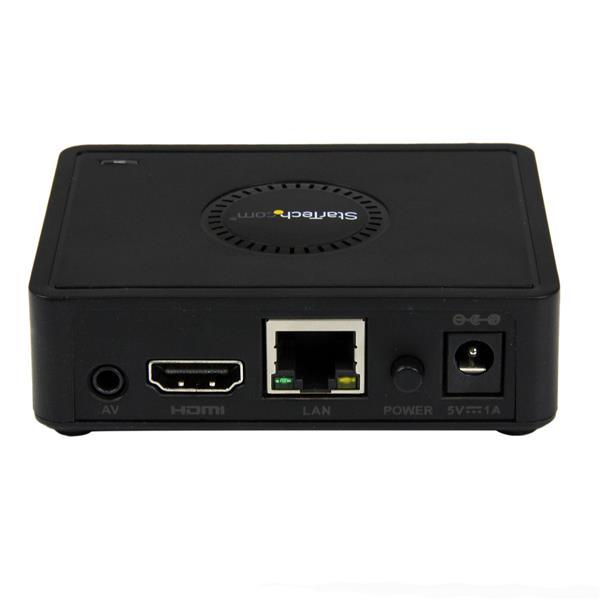all the commands below, just assemble them to do anything you need:
#To find which driver, interfaces you have:
<ifconfig -a>
Here are some NIC drivers userd by Solaris (just in case)
# hme - Sun Fast-Ethernet device driver
# qfe - Sun qfe Quad Fast-Ethernet device driver
# eri - Fast-Ethernet device driver
# fjqe - Fujitsu PCI Quad 10/100 Ethernet
# fjgi - Fujitsu PCI Gigabit Ethernet
# e1000g - Gigabit Ethernet driver Intel PRO/1000
# bge - Gigabit Ethernet driver for Broadcom BCM57xx
# nxge - Sun 10/1 Gigabit Ethernet network driver
# ce - Cassini Gigabit-Ethernet device driver
#Check the which instance of NIC port we are connecting to:
ndd -get /dev/interface instance
#Check status:
ndd -get /dev/interface link_status (0=down, 1=up)
#Check link mode:
ndd -get /dev/interface link_mode (0=half-duplex, 1=full-duplex)
#Check link speed :
ndd -get /dev/interface link_speed (0=10mbs, 1=100mbs)
#Check autonegotiation capabilities:
ndd -get /dev/interface adv_autoneg_cap (0=false, 1=true)
#Set autonegotiation:
ndd -set /dev/intergace adv_autoneg_cap 1 (set to true)
#Finding errors in dmesg
grep -i <interface> /var/adm/messages
Note: Those changes written with ndd -set, are not persisten, they will be lost at system reboot. But if you like to add them permanently, you may consider editing file /kernel/drv/<interface>.conf
Hope this helped
______________________
The power of Solaris cannot be experienced on an Intel machine!!!
NUX covers a range of Guitar & Drum Amplifiers, Effect Pedals, Wireless Systems, Digital Drums & Pianos as well as PRO-Audio Interfaces & Controllers. NUX was introduced by Cherub Technology in 2005.

Drivers Ndd Port Devices Terminal
NDD domain (Network Device Driver of the operating system) Provides an association composed of local device name (operating system NDD name) and foreign addresses, the form of which depends on the protocol being used. There is no com port section in the device manager. I have updated drivers, tried different connectors etc. I did the command prompt method on both machines and there simply are no com ports. The device shows up as a mass storage device under the USB section. I cant get either machine (win 10 or 8.1) to recognize it as a com port. To find drivers for hardware that Windows refuses to recognize, open Device Manager (a search from the Start menu or Windows 8 Start screen brings it up lickity-split), right-click on the listing.